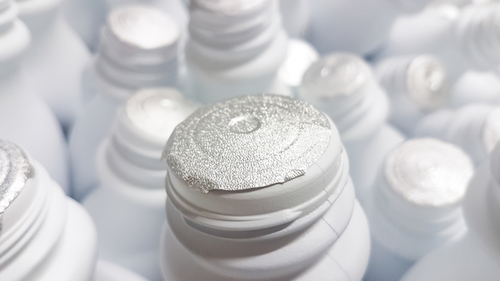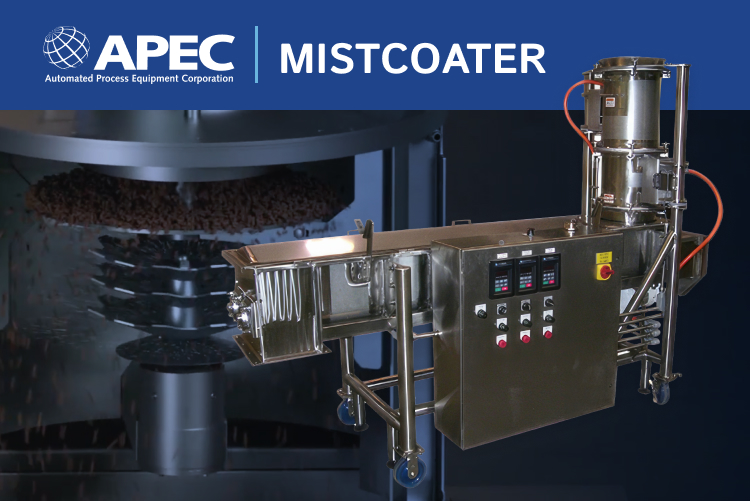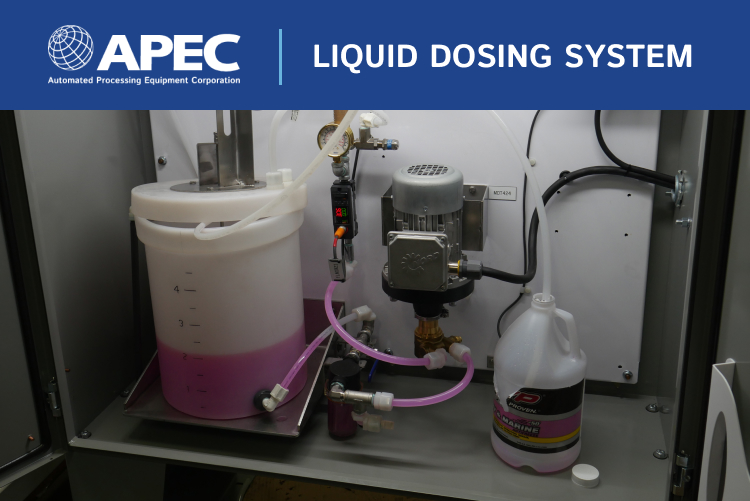
Hermetic sealing creates an airtight and watertight seal on packaging for a variety of products. The process can be done with plastics, metals, glass, epoxy resins, ceramics and more. During the manufacturing process, there are several ways to approach hermetically sealing. What is considered hermetically sealed can change depending on the materials, applications and processes. Learn more about this crucial application for keeping products safe, fresh and working properly.
Background of Hermetic Sealing
The first instance of a hermetic seal was an airtight glass tube known as the Seal of Hermes that was used in the early days of alchemy. This process was named after the Greek God Hermes and the “hermetic tradition” that started alchemical experimentation. Even though this original seal was made with glass, there are several ways with different materials to make a hermetic seal.
Hermetic Sealing for Electronics
Hermetic sealing has several applications. In situations where water or air contact could damage a product, hermetic sealing can prevent issues. Semiconductors are one of the most common products for hermetic sealing since contact with water or water vapor can cause damage. A hermetic seal made of glass, ceramic or metal protects the semiconductor and allows it to remain functional. Almost all consumer, professional and industrial devices that house sensitive electronics use hermetic sealing. Electronics can also be protected in manufacturing equipment, such as hermetically sealed load cells. By hermetically sealing the load cells, they will last longer, maintain their accuracy and withstand cleaning procedures better than load cells that are not hermetically sealed. There are hermetic sealing compliance requirements for electronics regarding acceptable leak rates.
Hermetically Sealed Food
Electronics are not the only products that use hermetic sealing. Many food items use hermetic sealing. Canned food features a hermetic seal. By preventing contact with air, water and outside contaminants, bacteria growth is stopped, the item stays fresher longer and it is protected. Vacuum sealing food with plastic wrapping also is a form of hermetic sealing to prevent microbial growth. Nuts, cheeses, powders and dry foods are common edible products with hermetically sealed packaging. Even frozen dinners are hermetically sealed with plastic film.
Other Hermetically Sealed Products
If you take a look around your home, you can find many products with hermetic seals. Lightbulbs are a common hermetically sealed product. Cosmetics, first aid supplies and personal care items all have hermetic seals for safety and quality. Eco-friendly windows commonly are hermetically sealed to reduce the loss of hot or cool air.
Materials for Hermetic Seals
The process for hermetic sealing changes with the materials being used and the function of the seal. When creating the seal, it is important to consider the product’s materials and how it will be used. If a device gets warm, a plastic hermetic seal would not be the best choice. A glass hermetic seal would not be right for a single-use, disposable product. Hermetic seals can be formed by welding metals together. If done correctly, a weld can prevent moisture and air from entering the seal. In instances where electric signals or light need to enter or exit the seal, a hermetically sealed glass jar enclosure can fit the bill. Another option would be to solder the glass to a metal cap.
Glass Seals
Glass hermetic seals can be made through matched seals or compression seals, depending on the coefficient of thermal expansion between the metal and glass. A matched seal is used for products such as lightbulbs, where compression seals are used for objects that must endure pressure fluctuations. Glass-to-metal seals can withstand temperatures up to 250˚C for compression seals and 450˚C for matched seals. These are excellent choices for applications with high temperature demands.
Ceramic Seals
Ceramic-to-metal hermetic seals can also be made for more demanding environments, but they feature a more complex process. Epoxy can be used for hermetic seals in electrical devices and fiber optics. It can bond to copper, brass or other epoxy. Although it works fine for standard applications, epoxy cannot withstand extreme heat.
Ensure Hermetic Sealing Quality with APEC
Hermetic sealing preserves the quality and integrity of the product. Without the airtight, watertight seal, many devices would not be able to function, and consumable products would spoil quicker. Hermetic seals also give consumers confidence that the products have not been tampered with or altered outside of the factory. Contact APEC today for information and a quote on new machinery for your hermetic sealing line.







